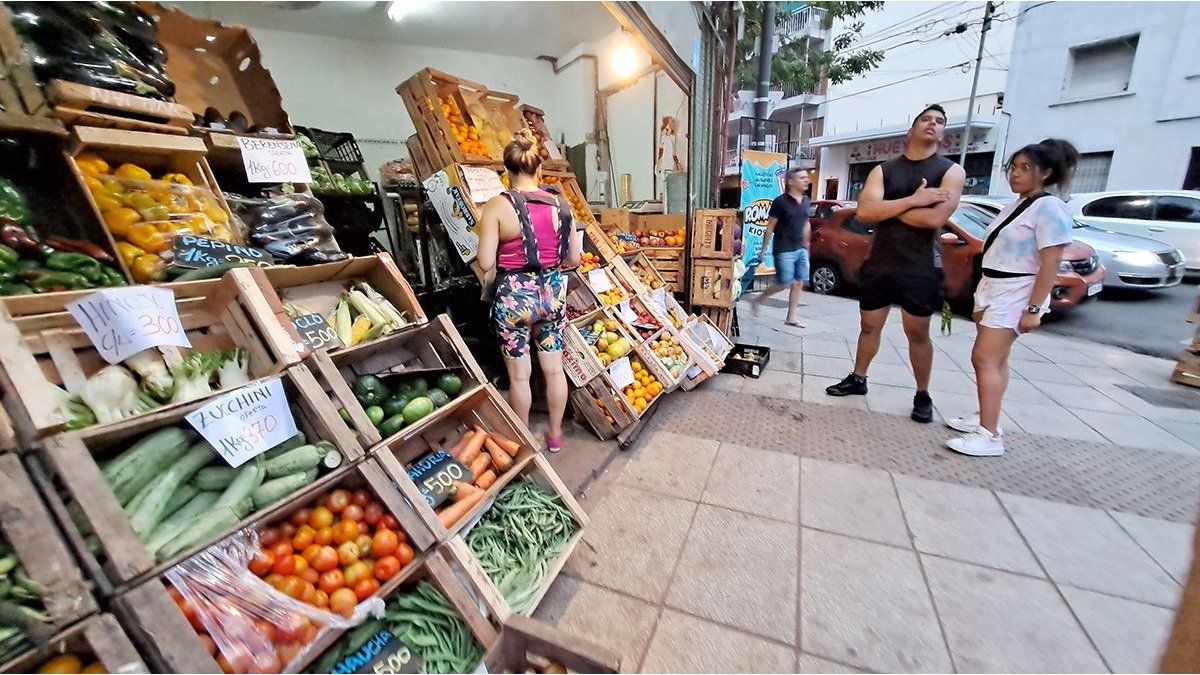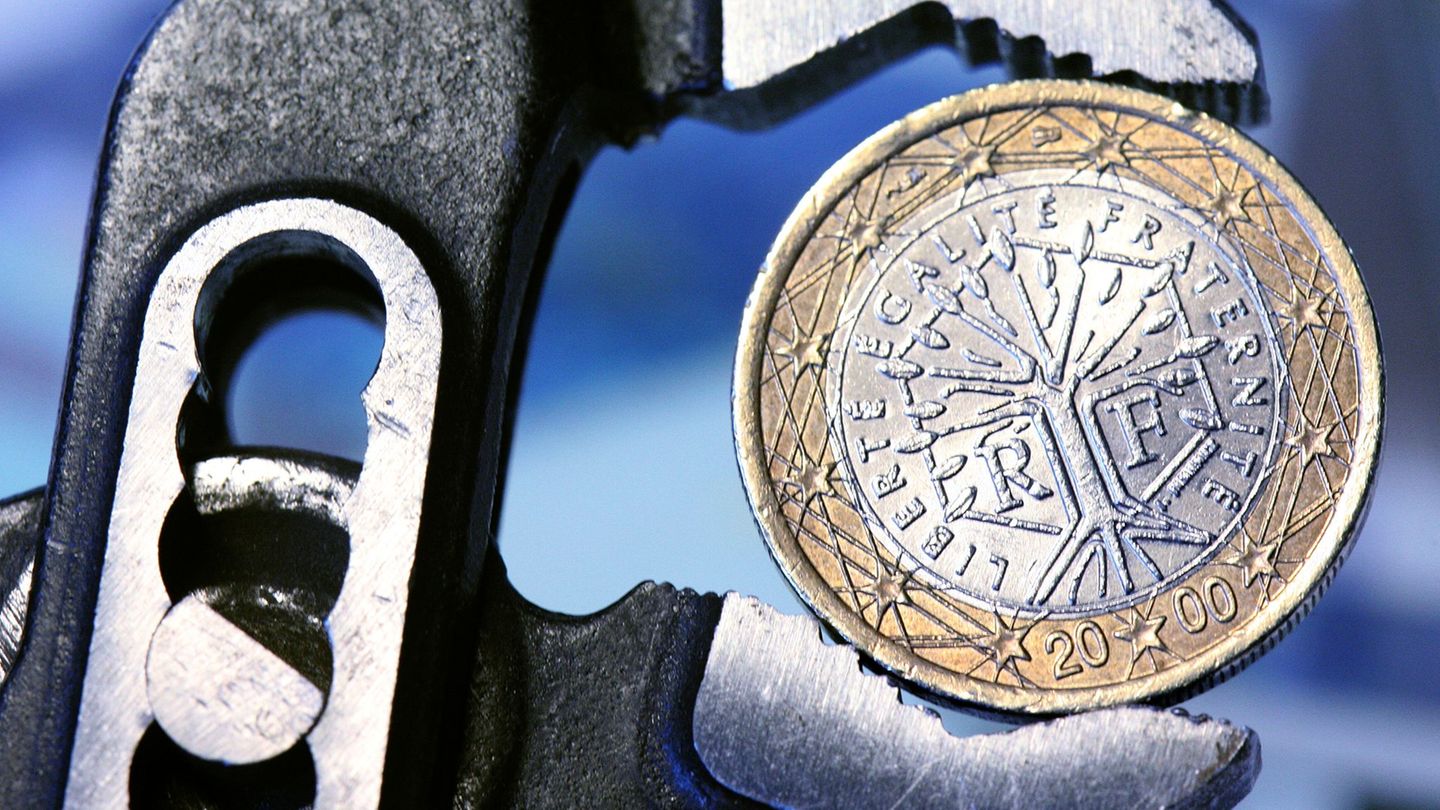If the January increase is going to be between 19% and 20%, say the consultants, between 9 and 10 points correspond to a price increase “just in case” that economic agents charge.
A couple of well-known reports lately raise this situation. One of them It is from Econometrica, by the economist Ramiro Castiñeira, which points out that “the statistical drag that left the month of December was 10 percentage points, Therefore, the average inflation for January (as published by the National Institute of Statistics and Censuses, INDEC), will be closer to 19%.”
As will be remembered, In December, the general advance in prices was 25.5% compared to Novemberan increase that was caused by the “discrete jump” carried out by the new management of the Central Bank (BCRA), which went from an official dollar of $360 to one of $800.
As economic factors were anticipating that With the change of government there was going to be a devaluation, many “charged” their prices something more to cover itself, which forced the government to raise the price of the official dollar if necessary. At that time, the consulting firms estimated that a break-even point for the official currency would have been $600.
Inflation in decline
According to Econometrica, January inflation will be around 19%but with the particularity that more than half of that percentage will correspond to the statistical carryover from December.
The estimate of the entity directed by Ramiro Castiñeira also indicated that the accumulated of the December-January two-month period would reach 49.3% and that the accumulated of the last twelve months it would reach 249.5%.
inflation-econometric.png
Econometrica’s projection is in line with other similar ones the Libertad y Progreso Foundation (19.4%) and the C&T consulting firm (19.6%), which indicate that a deceleration of close to 6 percentage points was seen compared to the 25.5% in December.
“In the last week of January we recorded inflation of 2.2% weekly,” he noted, in addition to specifying that “in the last 4 weeks, the accumulated inflation was 9.5% and that the moving average in that period dropped to 12.5%”.
Econometrica highlighted that “food and beverage inflation shows a notable slowdown during the month of January.
The C&T report, by Camilo Tiscornia and María Castiglioni, raises that in January “the inflation rate showed a lower value than last December, despite the “high statistical drag, close to 9%, which marked the price dynamics of December”.
The report adds that the trend to the slowdown “started in the last week of December and it continued throughout the month of January.”
Private estimates
The survey of retail prices S&T for the GBA region showed a monthly increase of 19.6% in January. In turn, in twelve months the increase was 242.2%, marking a strong increase in line with what was expected.
It must be remembered that Wholesale prices rose 54% last December compared to November, against a retail inflation of 25.5%, which could be explaining part of the inertia of January. It would be a transfer, although not complete.
The market distrusts
The economist and analyst Financier Christian Buteler considered that the rise in wholesale prices in December “will be passed on to retailers in the coming months.”” because, in his opinion, retail cannot absorb that cost.
In statements to AmbitHowever, Buteler warned that “the fact that there are reports that say that Half of January’s inflation is inertial, it makes noise because we must take into account that at the beginning of January there was a 25% increase in fuel prices which covered the entire month.”
Furthermore, he noted that during the past month ““New joint ventures began to emerge that influence costs and price increases.”
“What the market may worry about is the data from the Argentine Chamber of Medium Enterprises (CAME) of less than 38% of retail sales. ¿Is there inertial inflation? Yes, but I don’t think it’s half,” Buteler explained.
Source: Ambito




